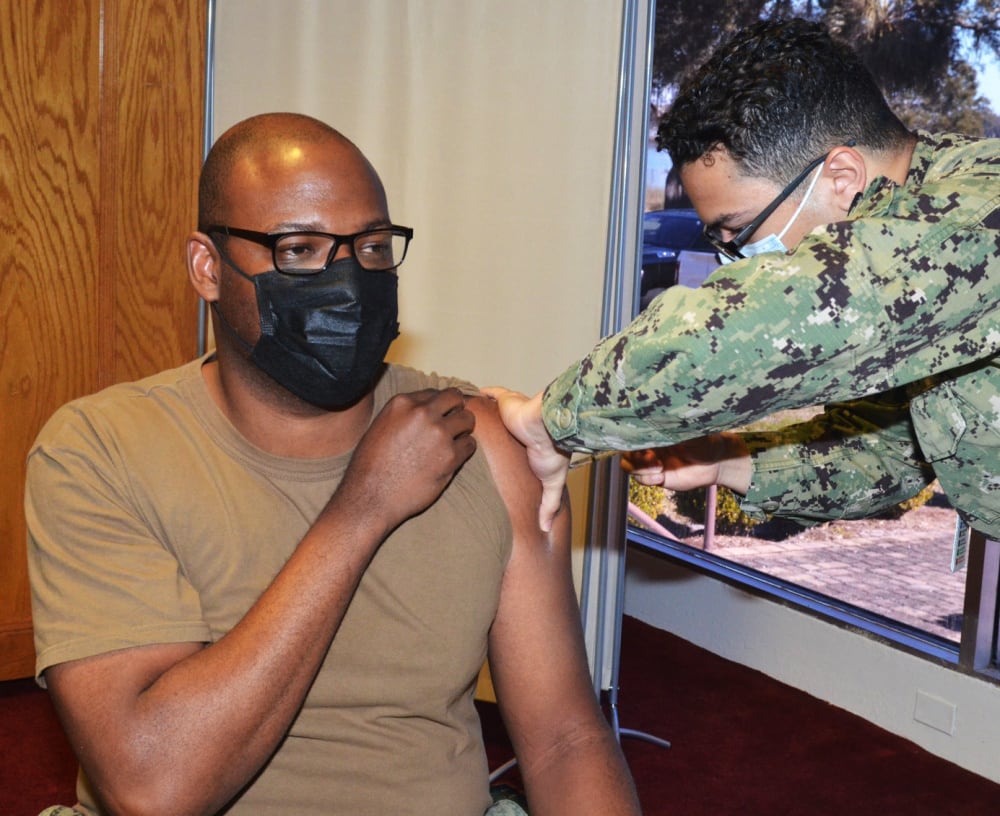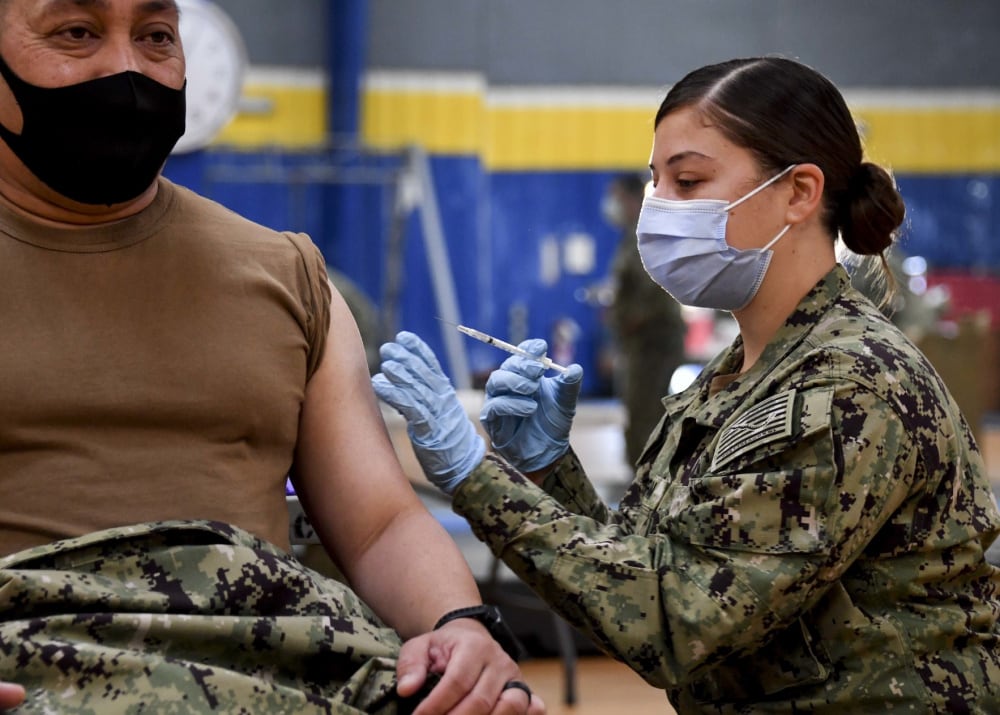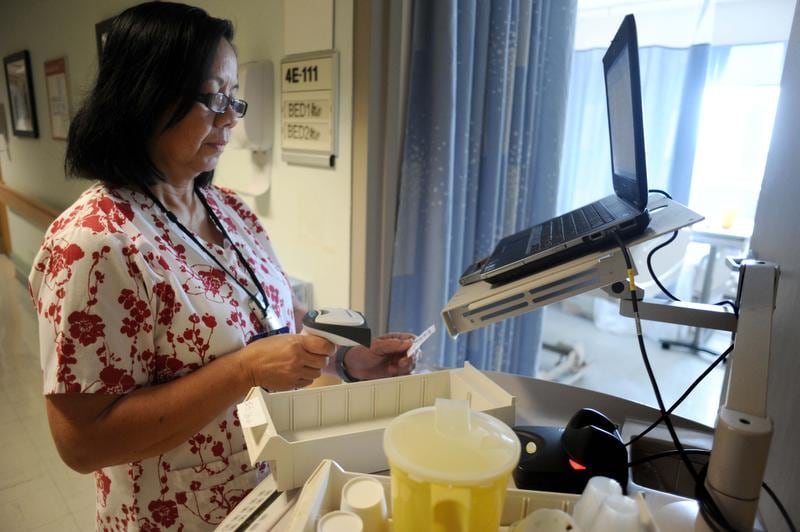The Navy isn’t bringing back full occupancy of base workplaces anytime soon — if at all.
The Navy has yet to establish criteria for what normal operations will look like once the COVID-19 global pandemic declaration is rescinded, but in the meantime, the Navy has ruled out 100 percent workplace occupancy even on installations with minimal community transmission.
According to new guidance detailing health protection conditions, installations at HPCON A — that is, minimal community transmission with a daily average of less than two new cases per 100,000 population over the course of the previous seven days — will still have less than 100 percent of normal occupancy in the workplace.
The Navy also outlined occupancy standards for HPCON B, which designates increased community transmission, all the way through HPCON D, which designates widespread community transmission. The service also has created HPCON B+ to designate elevated community transmission.
Bases at HPCON B — installations with a daily average of two to15 new cases per 100,000 population in the past 7 days — are required to have less than 50 percent of normal occupancy in the workplace.
Occupancy standards become more strict for each subsequent HPCON level. That means that installations at HPCON D — those with a daily average of 31-60 new cases per 100,000 population in the past 7 days — are required to have less than 15 percent of normal occupancy in the workplace.
RELATED

Even so, the Navy said that commanders should not keep occupancy levels so low “such that critical national security interests are jeopardized.” And immunized sailors get some reprieve from restrictions applying to individuals, such as avoiding shaking hands and hugging others.
“Immunized sailors will be subject to individual restrictions no higher than those corresponding to HPCON B, regardless of the HPCON status of the installation to which they are assigned,” the NAVADMIN says.
Exemptions to the occupancy standards also apply to medical treatment and expeditionary medical facilities, Navy installation first responder units, forces supporting critical national capabilities, Navy operational units, command headquarters, shipyards, Fleet Readiness Centers, and other units “providing essential mission support.”
More exemptions can be issued at the discretion of the responsible Navy Component Command, the service said.
“This update continues to build on what we have learned about combatting COVID-19 while still maximizing our operational readiness,” said Vice Admiral Phil Sawyer, the operations chief in charge of coordinating the service’s response to COVID-19, in a statement. “I expect we will continue to improve services available for our Sailors and their families while protecting the force as the number of personnel vaccinated grows. The key is for everyone that is eligible to get vaccinated.”
A total of 38,184 sailors have tested positive for COVID-19, according to Pentagon figures updated May 3. Meanwhile, more than 168,000 sailors are fully vaccinated and nearly 62,700 sailors are partially vaccinated, Pentagon figures updated April 30 show.
The Navy has taken several measures to loosen restrictions for vaccinated sailors. For example, the service announced in February that completely vaccinated crews would not be subjected to restriction of movement (ROM), sequesters and may “relax health protection measures aimed at mitigating the spread of the novel coronavirus,” according to a NAVADMIN message.
“For crews who are 100 percent immunized … modeling shows the risk of infection is extremely low,” the NAVADMIN said.
Another perk offered to sailors who are fully vaccinated is they may participate in port calls in overseas U.S. ports including Yokosuka, Japan; Rota, Spain; and other locations to utilize base services. Additionally, immunized sailors do not need to quarantine before deployments if their final vaccine dose was issued within the past three months.
“In short, fully immunized sailors will allow our Navy to begin to unwind the limitations that have been placed on our sailors at sea,” the NAVADMIN said. “The higher percentage of the crew immunized, the less risk there is to a widespread outbreak.”





